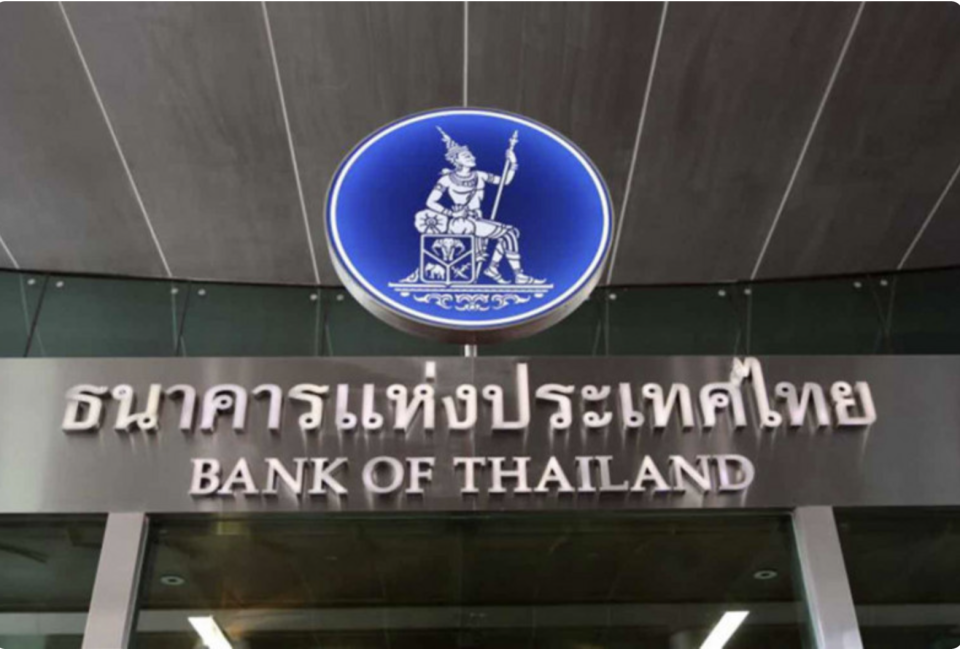Large domestic banks have lowered their interest rates in response to the recent policy rate cut by the Bank of Thailand, a move expected to compress the banking sector’s net interest margin (NIM) for this year.
Following the Bank of Thailand’s 25 basis points (bps) rate reduction on April 30, which brought the benchmark rate to 1.75%, systemically important banks (D-SIBs) in Thailand have adjusted their interest rates downward. These six major banks are Bangkok Bank (BBL), Krungthai Bank (KTB), Kasikornbank (KBank), Siam Commercial Bank (SCB), Krungsri (Bank of Ayudhya), and TMBThanachart Bank (ttb).
BBL, the largest bank in terms of total assets, spearheaded the rate reductions by decreasing both deposit and lending rates effective May 8. Other D-SIBs, including KTB, KBank, ttb, and Krungsri, followed suit with rate cuts implemented recently.
The banks reduced prime lending rates across the board by between 0.05 to 0.15 percentage points, bringing minimum loan rates to a range of 6.75% to 7.40% annually. Minimum overdraft rates now range from 6.87% to 7.20%, while retail rates are between 6.90% and 7.55%. Alongside lending rates, savings and fixed deposit rates have also been decreased.
According to Kasikorn Research Center (K-Research), these rate cuts primarily aim to benefit borrowers with mortgages, business loans, and other secured consumer loans, which together comprise 56.6% of total outstanding loans in the banking sector. K-Research estimates that these reductions will ease financial burdens for retail and business borrowers by approximately 4.4 to 4.9 billion baht from May to December this year.
With the central bank continuing its accommodative monetary policy and amid global uncertainties, particularly related to US trade policies, K-Research anticipates the Bank of Thailand will cut its policy rate once more later this year, possibly by another 25 bps, bringing it down to 1.5%. This scenario could further squeeze banks’ NIMs.
Since October 2024, three rate cuts have collectively reduced the industry’s NIM, which fell to an average of 2.92% in the first quarter of this year. K-Research projects the NIM could decline to around 2.83% in the second quarter and potentially drop further to 2.75% in the latter half of the year if additional rate cuts occur.
To cope with funding costs and sustain NIM, banks have been restructuring their deposit products by shortening fixed deposit maturities. Notably, savings and current accounts account for 69% of the sector’s total deposits, according to K-Research.





